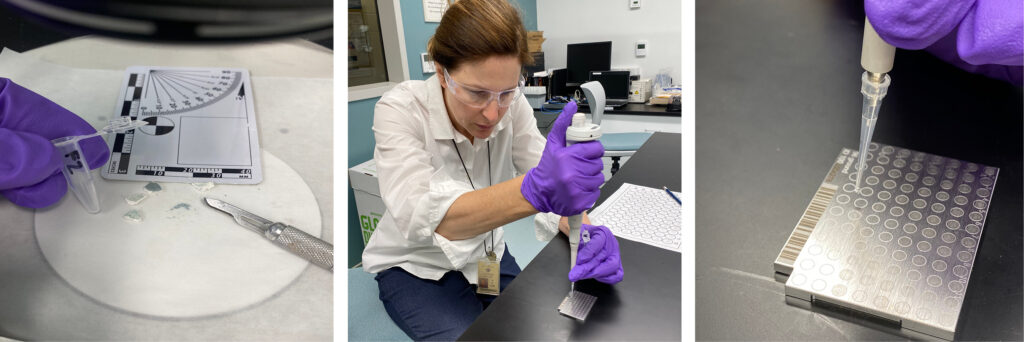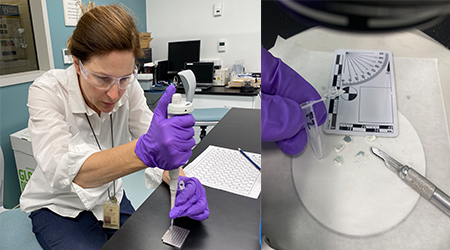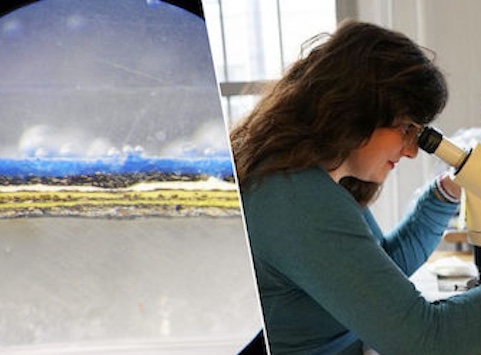Past Forward—From Paint To Finishes
We are excited to present at the 8th International Architectural Finishes Research (AFR) Conference in Amsterdam this year. This premier preservation event is an established platform for the exchange of ideas and new developments with respect to historical finishes, bringing together paint analysts, conservators, scientists, scholars, painters, architects, and heritage property managers from all over the world.
Brooke Russell has been a dedicated AFR Conference Committee Member since 2016. She, along with Katey Corda and Catherine Matsen, Senior Scientist at Winterthur Museum in Wilmington, DE, collaborated on a research project which will be presented by Catherine Matsen at the conference.
ABSTRACT: Assessment of a Novel Application of Peptide Mass Fingerprinting (PMF) for the Identification of Distemper Paints in Architectural Finishes
The identification of binding media of decorative architectural paints is of importance to architectural conservators for reasons such as to guide conservation treatment protocols, understand the original surface appearance and intent of artisans and craftspeople, characterize interlayer failure mechanisms, and to replicate historic finishes for restoration purposes. The more common instrumental techniques of micro-Fourier-transform infrared (micro-FTIR) spectroscopy and gas chromatography-mass spectrometry (GC-MS) are often inconclusive due to the low concentration of proteinaceous binding media in distemper paints. The proteinaceous binding media of distemper paints is prepared by boiling the hides, bones, and/or horn of animals in order to extract proteins in the form of collagen. Peptide mass fingerprinting (PMF) with matrix assisted laser desorption ionization time-of-flight (MALDI-TOF) is a highly sensitive technique for the identification of collagen-based materials more broadly, and has been successfully used on the analysis of cultural heritage objects and paint media for approximately 15 years, but its application to the field of architectural finishes analysis has not previously been explored.
PMF with MALDI-TOF was conducted on eight mock-up distemper paint recipes using a lower and higher sample size scraped from the bulk material with a scalpel and a third sample acquired with a micro-grit samples stick, and compared to the analysis of four interior finish samples acquired with a micro-grit sample sticks from two different case studies. Detection of collagen media is easily detected in the mock-up distemper paints from lower weight scraped samples and micro-grit samples, but not in the higher-weight scraped mock-up samples or micro-grit stick samples from historic architectural settings. Possible reasons for this outcome are noted with recommendations for continued PMF analysis of mock-up and case study finishes to determine the best methodology for the positive identification of distemper architectural finishes.






